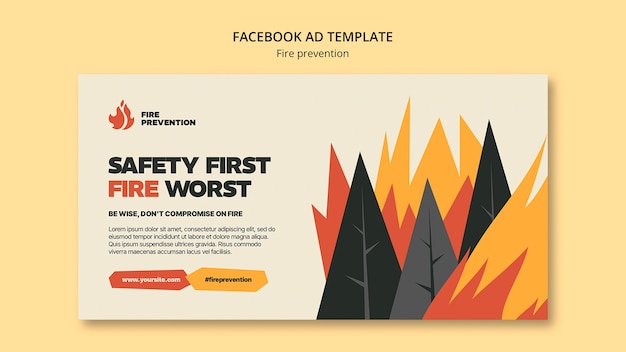Key Facts about Wildfires – Causes, Impacts, and Prevention Strategies

Wildfires are a force of nature that can shape entire landscapes.
Wildfires occur when there is an abundance of dry fuel, such as dead vegetation, combined with hot and dry weather conditions.
Wildfires can spread at a rapid pace, fueled by strong winds and heat.
Firefighters play a crucial role in combating and controlling wildfires.
Wildfires can have devastating effects on ecosystems, destroying habitats and displacing wildlife.
Climate change can contribute to the increased occurrence and intensity of wildfires.
Wildfires release large amounts of carbon dioxide into the atmosphere, contributing to global warming.
Controlled burns, also known as prescribed fires, can help prevent the spread of larger wildfires by reducing fuel accumulation.
Wildfires can have long-lasting effects on soil fertility and composition.
Some plants and animals have evolved to rely on wildfires for their reproduction and survival.
Wildfires can cause air pollution, posing a threat to human health.
Wildfires can generate their own weather systems, including fire tornadoes and pyroclastic clouds.
Smokey Bear is a famous mascot for wildfire prevention and awareness in the United States.
Wildfire smoke can travel for hundreds of miles, impacting air quality in distant areas.
Wildfires can destroy homes, infrastructure, and economic resources.
Fire-resistant building materials can help protect homes in areas prone to wildfires.
Key Facts about Wildfires – Causes, Impacts, and Prevention Strategies part 2
Wildfires can create unique ecological niches for certain plant species that thrive in fire-affected environments.
The largest wildfire in recorded history is believed to be the Black Saturday bushfires in Australia in 2009.
Some plants have adapted to survive and regenerate after wildfires, such as eucalyptus trees.
Wildfires can have a significant economic impact, leading to the loss of livelihoods and increased insurance costs.
Many wildfires are caused by human activities, such as unattended campfires, discarded cigarettes, or arson.
Firefighters often use controlled burns to safely eliminate potential fuel sources and reduce the risk of larger wildfires.
Wildfires can cause landslides and flash floods due to the loss of vegetation that helps retain water.
The Great Fire of London in 1666 was not a wildfire but a devastating urban fire that destroyed much of the city.
Wildfire management involves a combination of firefighting, prevention, and education efforts.
Australia experiences some of the most severe and extensive wildfires in the world.
Wildfires can produce pyroclastic flows, which are fast-moving currents of hot gas and rock fragments.
Some animals, such as birds of prey, take advantage of wildfires to hunt for small mammals and insects fleeing the flames.
Wildfires can generate lightning storms due to the intense heat and energy released.
Wildfire smoke can cause respiratory problems and exacerbate existing health conditions, such as asthma.
Climate change is expected to increase the frequency and severity of wildfires in many regions.
Some trees have fire-resistant bark, which helps protect them from being consumed by wildfires.
Animal and plant species that are adapted to fire-prone ecosystems are known as pyrophiles.
Wildfires can cause power outages by damaging electrical infrastructure.
The Amazon rainforest in South America is often affected by wildfires, particularly due to deforestation and agricultural practices.
Wildfires can create temporary openings in forests, allowing sunlight to reach the forest floor and promote the growth of new vegetation.
Firefighters often use specialized tools, such as helicopters equipped with water buckets, to combat wildfires from the air.
Wildfires can generate fire whirls, which are tornado-like vortices of flames and smoke.
Wildfires can release harmful chemicals, including mercury and lead, into the environment.
Some animals, like rabbits, can use burrows to escape the path of wildfires.
Wildfires can disrupt transportation networks, including roads and railways, due to obstacles and visibility issues.
The wildfire season varies depending on the region, often coinciding with periods of drought and hot weather.
Despite their destructive nature, wildfires also play a crucial role in natural ecosystems by promoting forest rejuvenation and nutrient cycling.
Wildfires can produce embers that can be carried by the wind, starting new fires in distant areas.
Effective wildfire prevention strategies include proper forest management, community education, and early detection systems.
